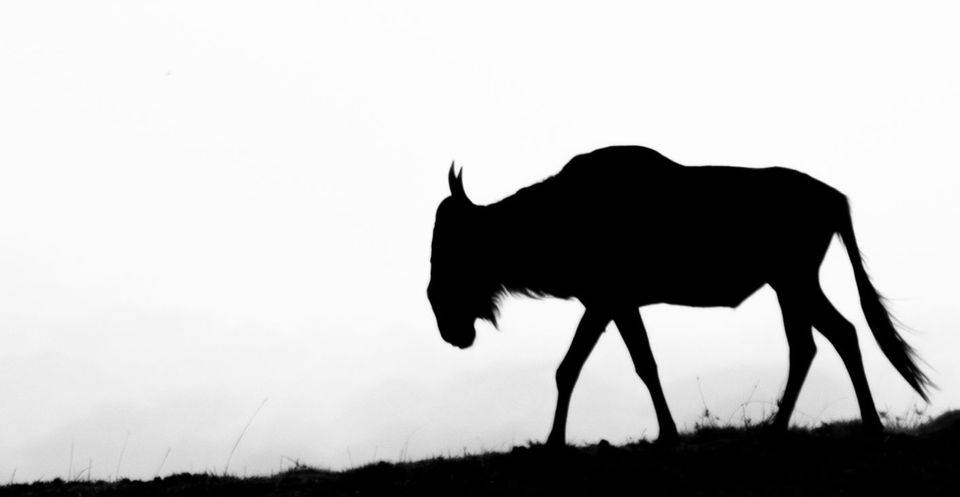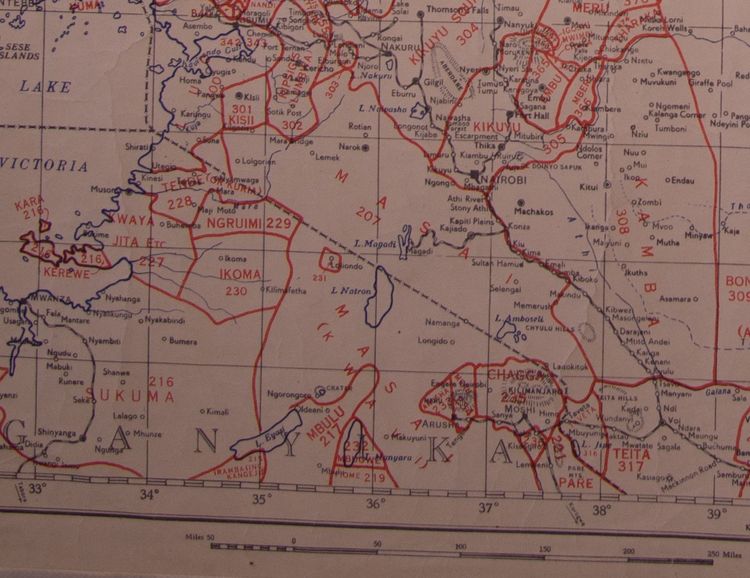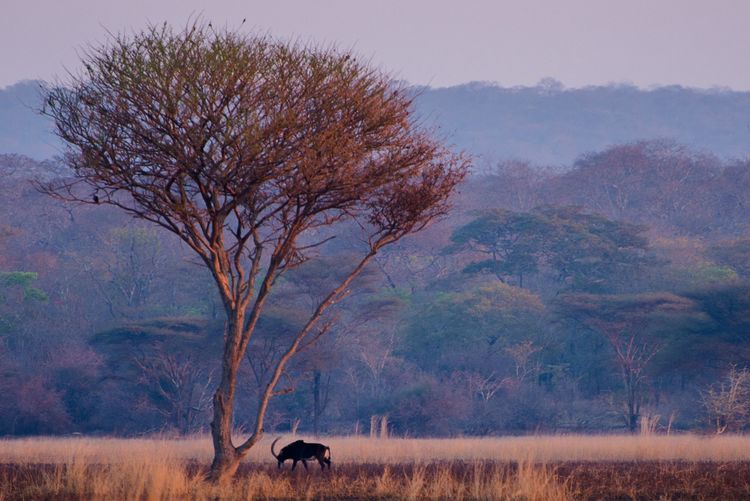Bringing back complex socio-ecological realities to the study of CBNRM impacts: a response to Lee and Bond (2018)

This article was a response that Dr. Jevgeniy Bluwstein, Prof. Jens Friis Lund, Dr. Peter Tyrrell and I published in the Journal of Mammalogy, after reading an article by our colleagues Dr. Derek Lee and Dr. Monica Bond entitled "Quantifying the ecological success of a community-based wildlife conservation area in Tanzania," based on research from Randilen Wildlife Management Area in Northern Tanzania.
Below, I've pasted the abstract (in English and Kiswahili) from our paper, but please get in touch if you'd like a full copy. I've also included the abstract to the original Lee and Bond (2018) paper that we were responding to, as well as the response that they wrote to our response! This is the slow process of academic work, but I hope that the exchange will have been fruitful for people doing similar research around the globe. I think that the exchange does highlight the rift between quantitative and qualitative approaches when studying the conservation of nature and impacts of conservation interventions.
Abstract
Lee and Bond (2018) claim to quantify the ecological success of a community-based wildlife conservation intervention in Tanzania. In this reply to their article, we take issue with 3 aspects of their study. First, the study inadequately equates ecological success with increased wildlife and reduced livestock densities. Second, the study fails to adequately account for causality between the Wildlife Management Area (WMA) policy and the observed changes in wildlife and livestock densities. Third, the study misrepresents the reality of community-based conservation in Randilen WMA. Researchers seeking to further our understanding of community-based natural resource management by evaluating its impacts must proceed with careful attention to the complex and dynamic socio-ecologies of the environments they study.
Watafiti Lee na Bond (2018) walichapisha andiko lao la kitafiti ambapo wanadai kwamba walipima mafanikio ya kiikolojia yaliyotokana na mpango wa ushirikishaji jamii katika uhifadhi wa wanyamapori nchini Tanzania. Katika utafiti wao, walitumia Eneo la Jumuiya la Hifadhi ya Wanyamapori Randileni (Randileni WMA) lililopo Wilayani Monduli kama mfano. Kuna mambo matatu ambayo tungependa kuyatolea ufafanuzi ikiwa ni sehemu ya majibu yetu kwa andiko lao. Kwanza, utafiti wao umefanya kosa la kutumia ongezeko wa idadi la wanyamapori na kupungua kwa wastani wa idadi ya mifugo kama kiashiria cha matokeo chanya ya kiikolojia. Pili, utafiti wao haujaweza kuonesha ipasavyo uhusiano kati ya sera ya ushirikishwaji (WMA) na mabadiliko waliyoripoti ya kuongezeka kwa idadi ya wanyamapori na kupungua kwa idadi ya mifugo kwenye eneo. Tatu, utafiti wao umeshindwa kuakisi hali halisi ya mpango wa ushirikishaji jamii katika uhifadhi ilivyo huko Randilen WMA. Tunapendekeza kwamba, kwa watafiti wanaolenga kupima matokeo ya mpango wa ushirikishwaji jamii katika usimamizi wa maliasili ili kuongeza uelewa, ni muhimu kuzingatia uchangamano na hali halisi ya muingiliano wa masuala ya kijamii na kiikolojia katika mazingira na maeneo wanayofanyia tafiti zao.
Abstract (Original Lee and Bond article)
In Tanzania, community-based natural resource management of wildlife occurs through the creation of Wildlife Management Areas (WMAs). WMAs consist of multiple villages designating land for wildlife conservation, and sharing a portion of subsequent tourism revenues. Nineteen WMAs are currently operating, encompassing 7% of Tanzania’s land area, with 19 more WMAs planned. The ecological success or failure of WMAs for wildlife conservation has yet to be quantified. We defined ecological success in this case as significantly greater densities of wildlife and significantly lower densities of livestock in the WMA relative to the control site, after the WMA was established. We used 4 years of distance sampling surveys conducted 6 times per year for wild and domestic ungulates to quantify wildlife and livestock densities before and after the establishment and implementation of management efforts at Randilen WMA, relative to a control site on adjacent land of similar vegetation and habitat types. We documented similarity between the sites before WMA establishment, when both sites were managed by the same authority. After WMA establishment, we documented significantly higher densities of resident wildlife (giraffes and dik-diks) and lower densities of cattle in the WMA, relative to the control site, indicating short-term ecological success. Continued monitoring is necessary to determine longer-term effects, and to evaluate management decisions.
Abstract (Lee and Bond's response to Brehony et al.)
Lee and Bond (2018) quantified ecological effects associated with the establishment of the Randelin Wildlife Management Area (WMA) in the Tarangire Ecosystem. Brehony et al.’s (2018) criticisms of Lee and Bond (2018) largely stem from problematic interpretations of what we attempted and reported. Here, we respond to Brehony et al.’s 3 criticisms. First, we clarify that our concept of ecological success followed the specific terminology used in Brooks et al. (2012), thus ecological success of a WMA was defined as improved outcomes for wildlife. Second, we explain that our methods were appropriate and our findings were accurate at our scale of inference. Third, because quantitative anthropocentric analyses are lacking, the “reality” of community-based conservation in WMAs is not known.
For those interested in the conservation success narrative in Tanzania, you might also be interested in this article, and for those interested in how what’s good for livestock can be good for wildlife in East Africa, you might be interested in this article.
If you enjoyed this post, please consider sharing it with others who might be interested too. If you want to connect, I'm always happy to chat, so get in touch!
Here are some of my more recent publications:
- Conserving Africa's wildlife and wildlands through the COVID-19 crisis and beyond. Nature Ecology & Evolution Lindsey, P. et al. 2020
- Incorporating social-ecological complexities into conservation policy. Biological Conservation Brehony, P. et al. 2020
- Conservation from the inside-out: winning space and a place for wildlife in working landscapes. People and Nature Western, D. et al. 2020





